Kia will launch its electric van business in the UK on 29 April when the production version of the PV5 makes its national debut at the Commercial Vehicle Show.
The PV5 was first shown in concept form at the CES electronics show in Las Vegas last year and prototypes have recently been spotted testing in Europe ahead of an imminent reveal.
It is the first in a range of vans planned by the Korean manufacturer, with the concept having been unveiled alongside a smaller PV1 and PV3, as well as the Mercedes Sprinter-sized PV7.
Kia said the PV5 will be offered with a seven-year, 100,000-mile warranty as standard, and connectivity with the Geotab fleet management platform will be offered too.
Paul Philpott, president and CEO of Kia UK, told Autocar earlier this month that deliveries of the PV5 will begin “during Q4” – so between October and December – and that launching vans is an “important extension of our brand”.
He added: “[It’s] a pretty significant marketplace. Another 350,000 vans go on sale every year and there's a piece of that pie that we've had nothing of, that we can add to our car business.”
Everything you need to know about Kia's new vans
Kia will enter the world of commercial vehicles in 2025 with an electric van called the PV5.
The Kia PV5, revealed at CES in Las Vegas, is the first of a future line-up of what Kia calls PBVs, which stands for Platform Beyond Vehicle.
Kia has shown off several concept versions of these PBVs at CES alongside the PV5, including the smaller PV1 and PV3 and larger PV7, as well as different versions of the PV5 itself, as part of plans to ramp up its offering of multi-purpose vehicles in the coming decade.
The PV5 will be launched first, in 2025, and is the first model to come from a new factory in Korea – with an initial capacity of 150,000 units per year – designed solely to produce PBVs using a bespoke and more flexible manufacturing process.
The PV5 is 4.7 metres long and has a punchy target price of €35,000 (£30,600) for an entry-level model, although what size battery it will have and the indicated range have yet to be disclosed. A longer-wheelbase version is possible.


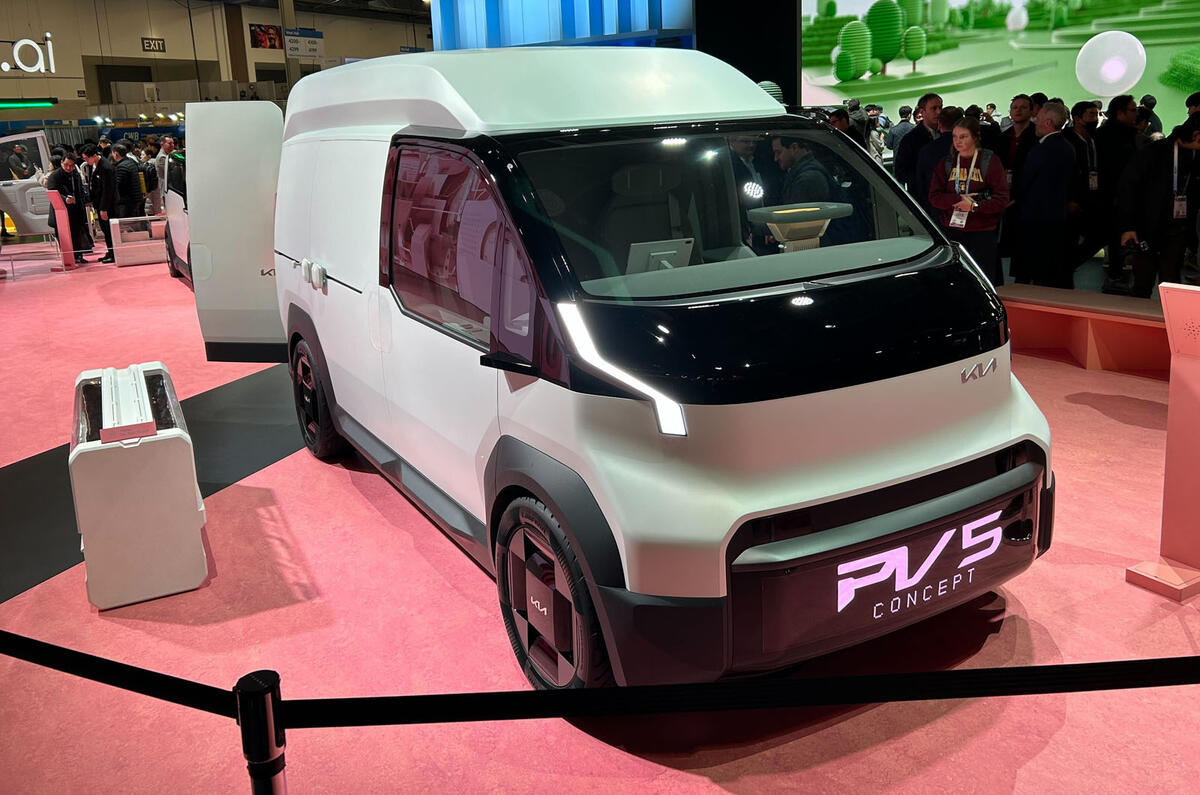
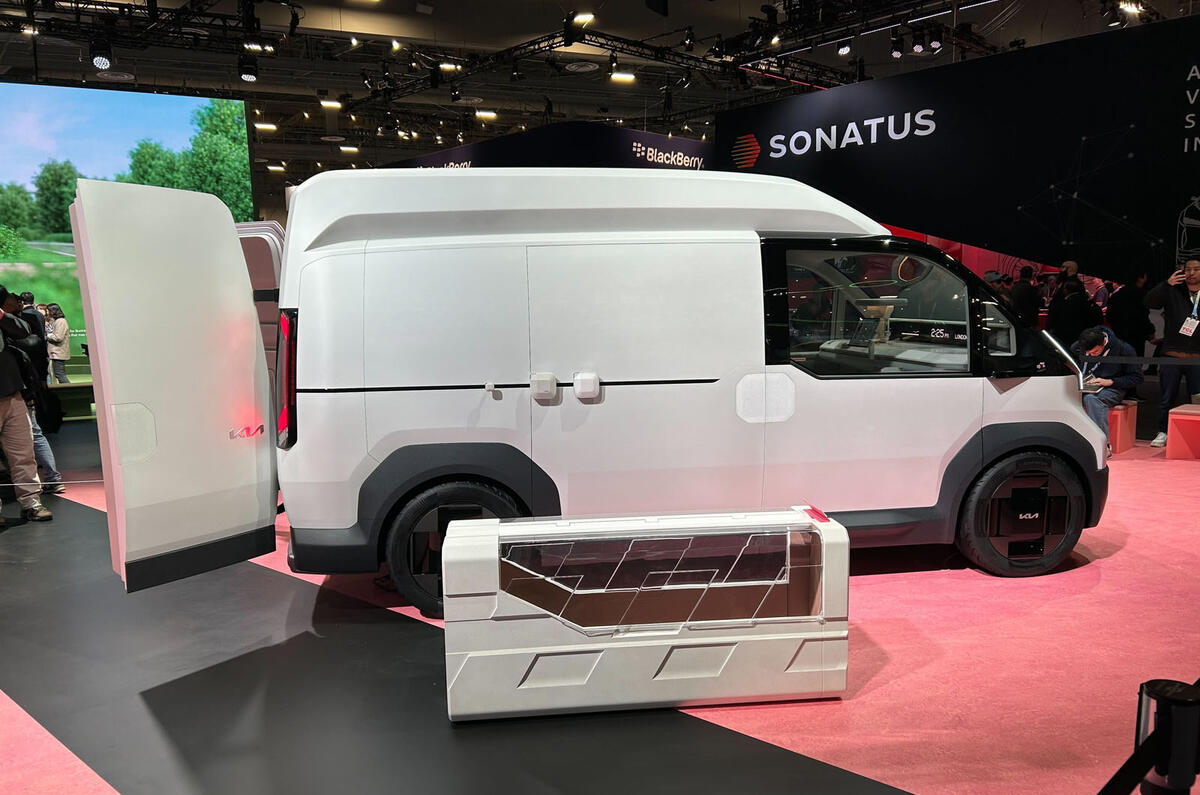
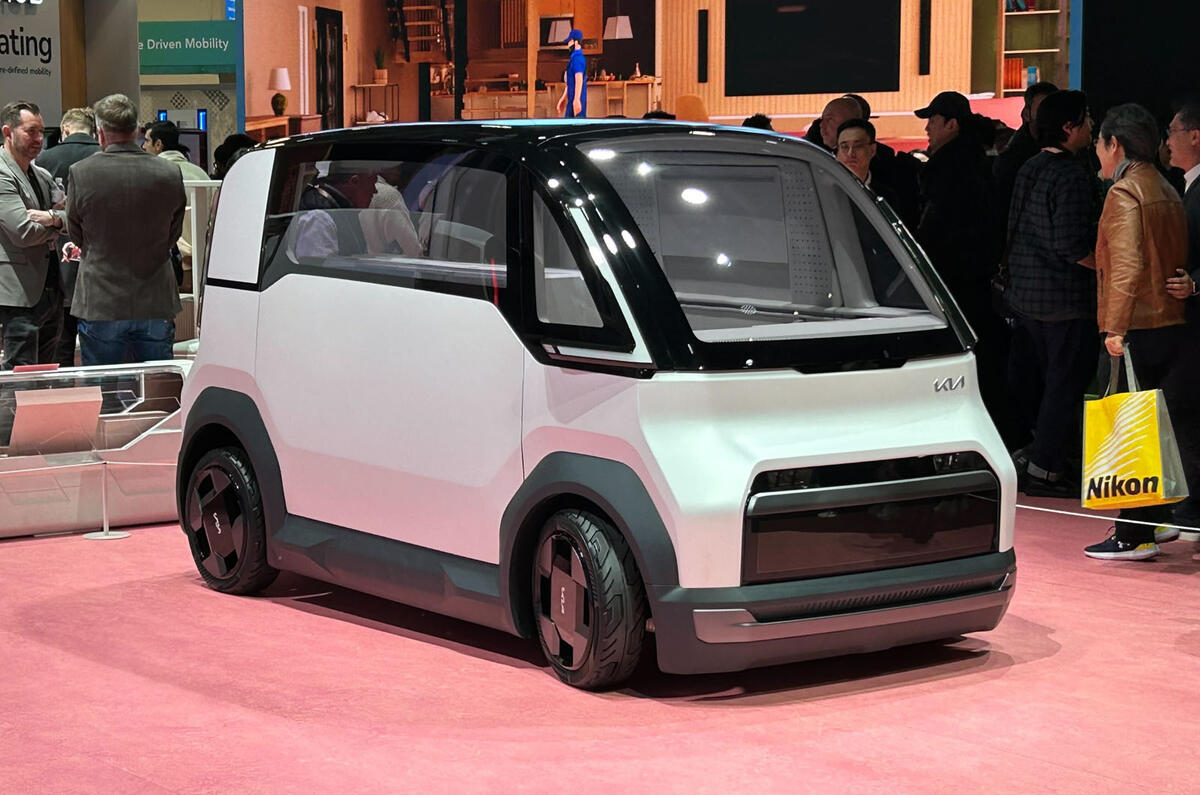
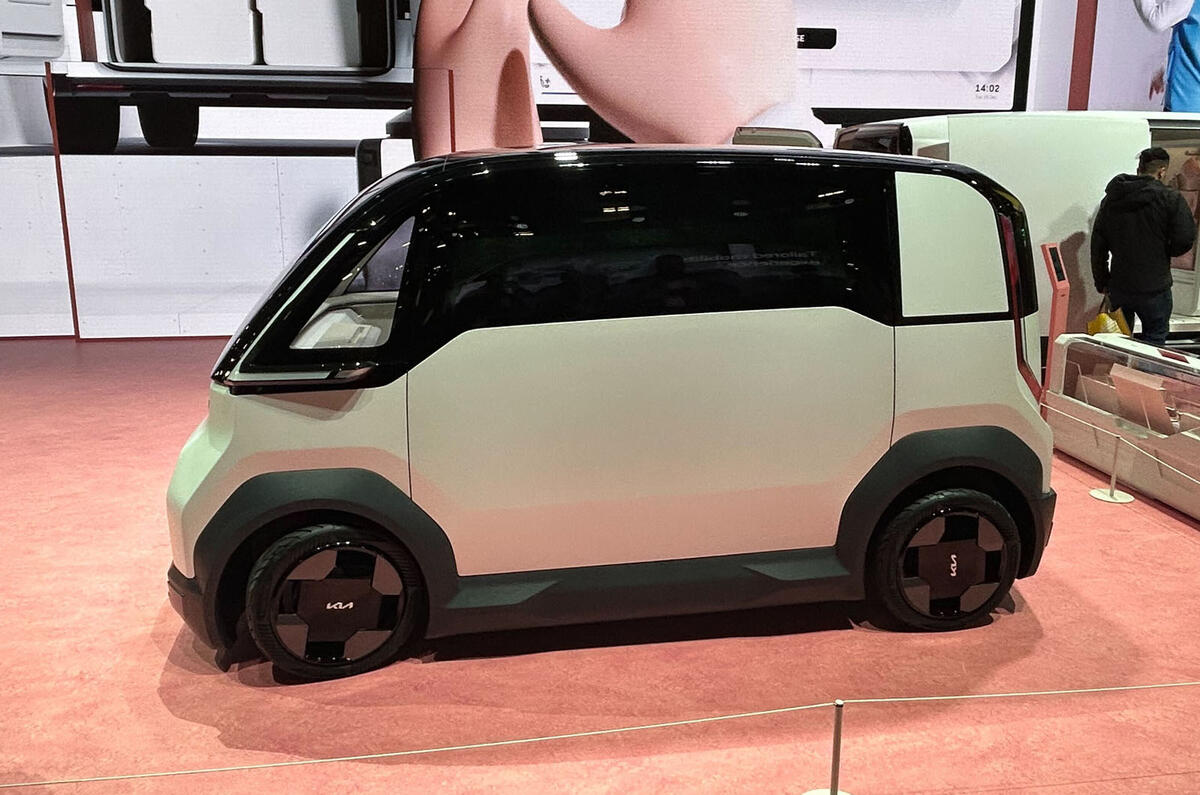
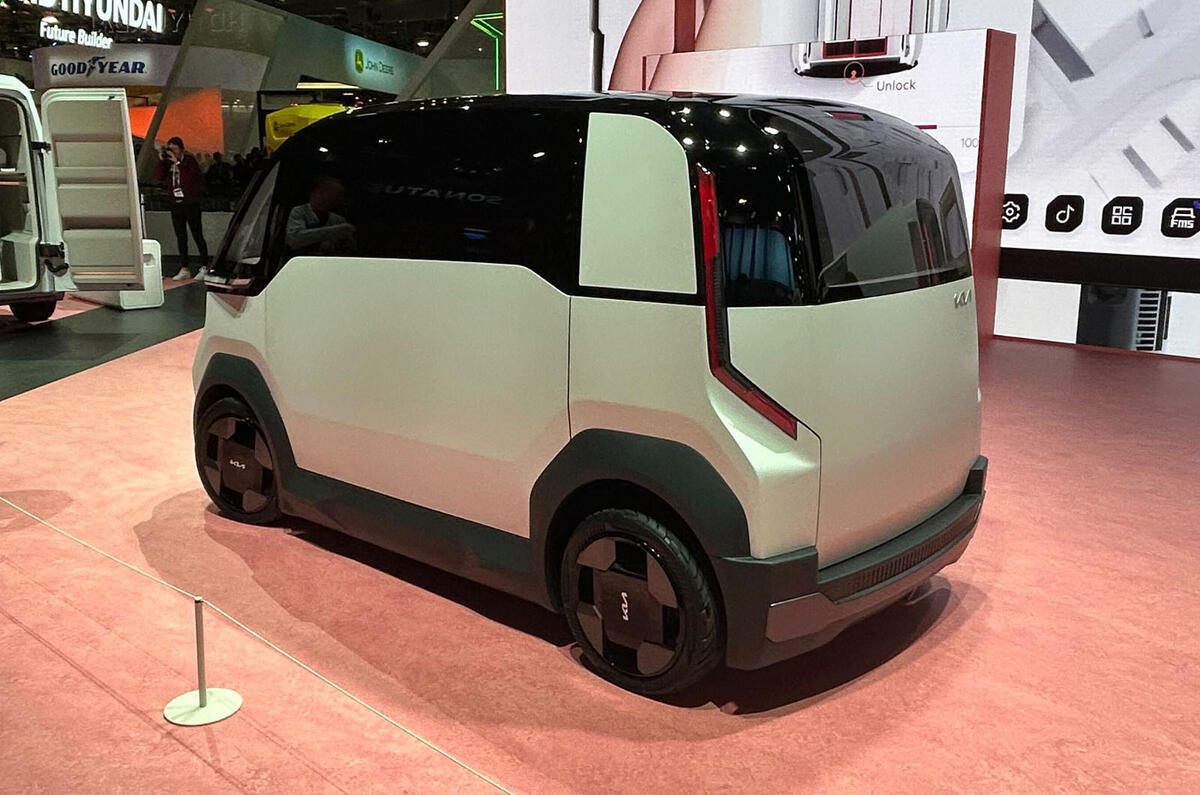
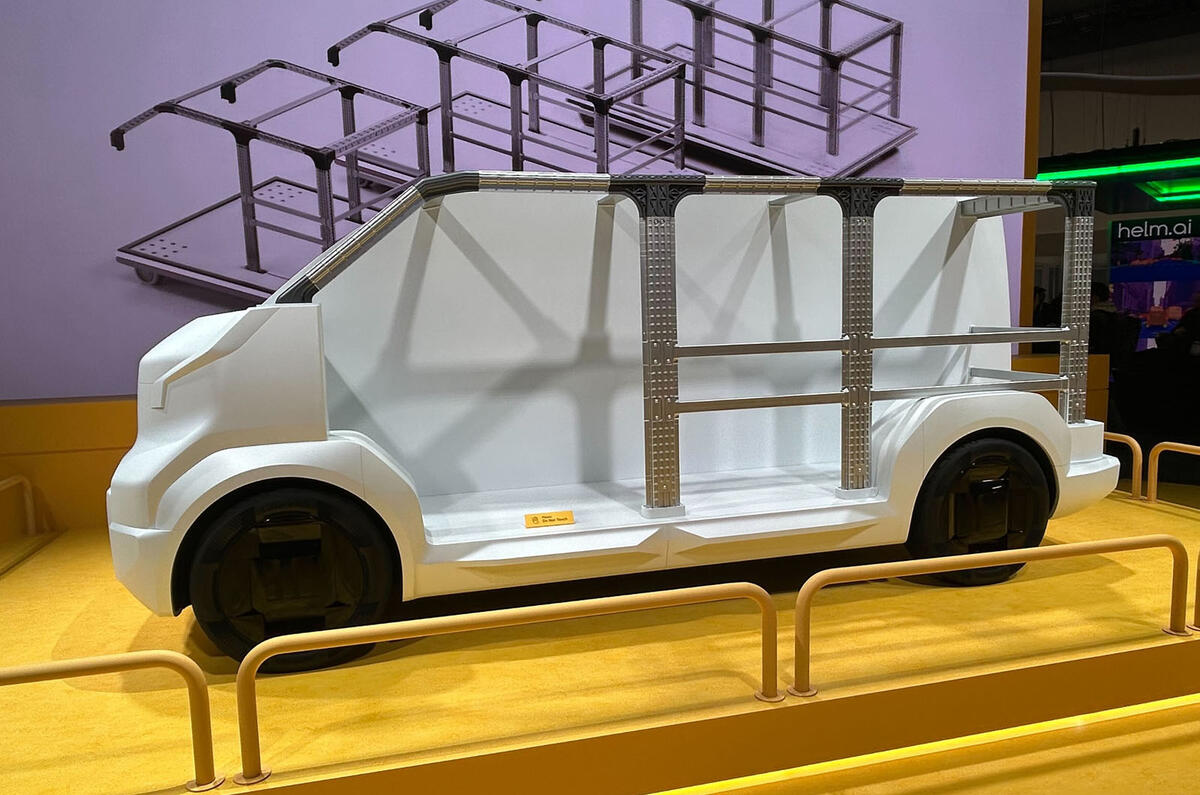

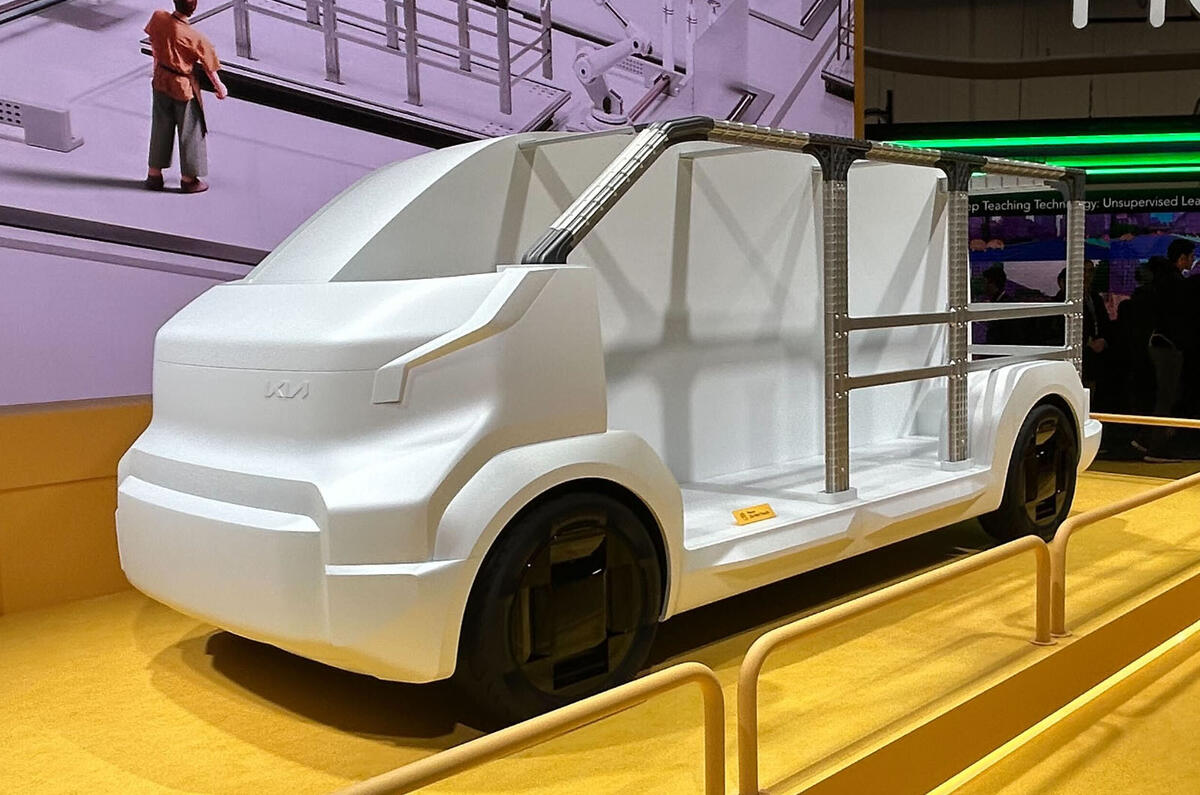
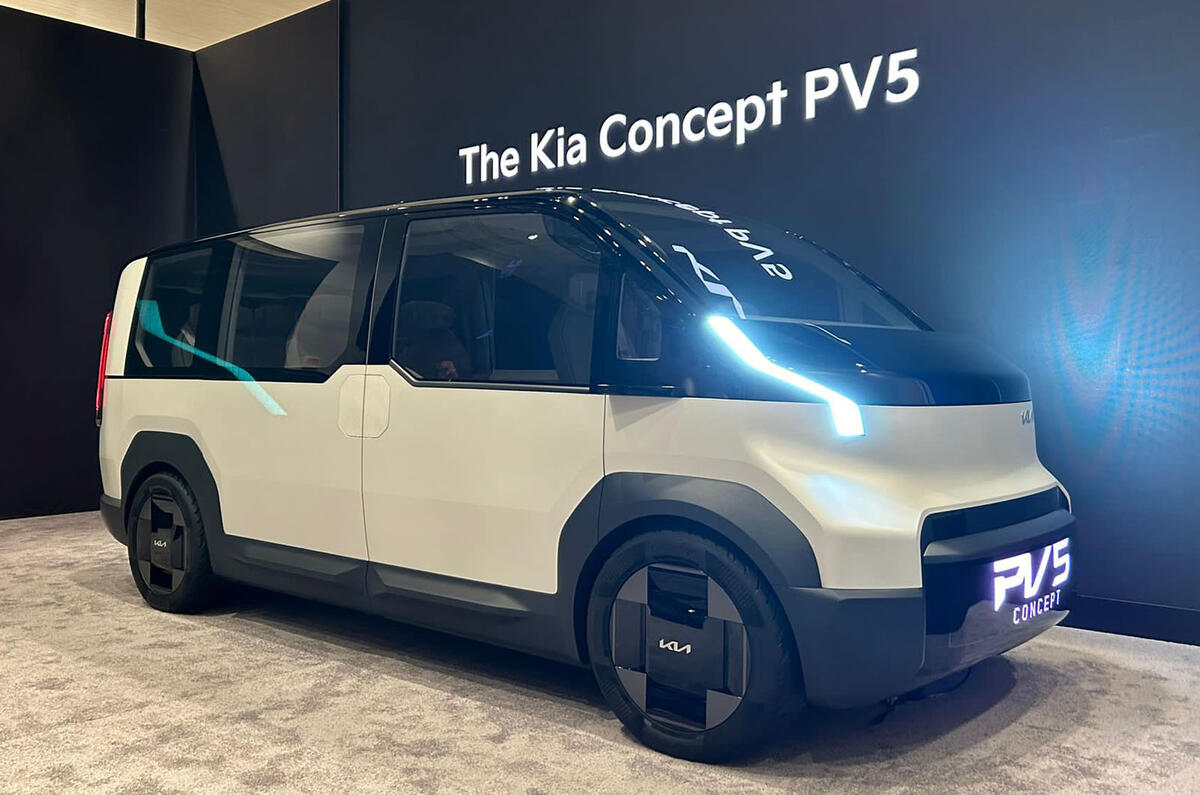
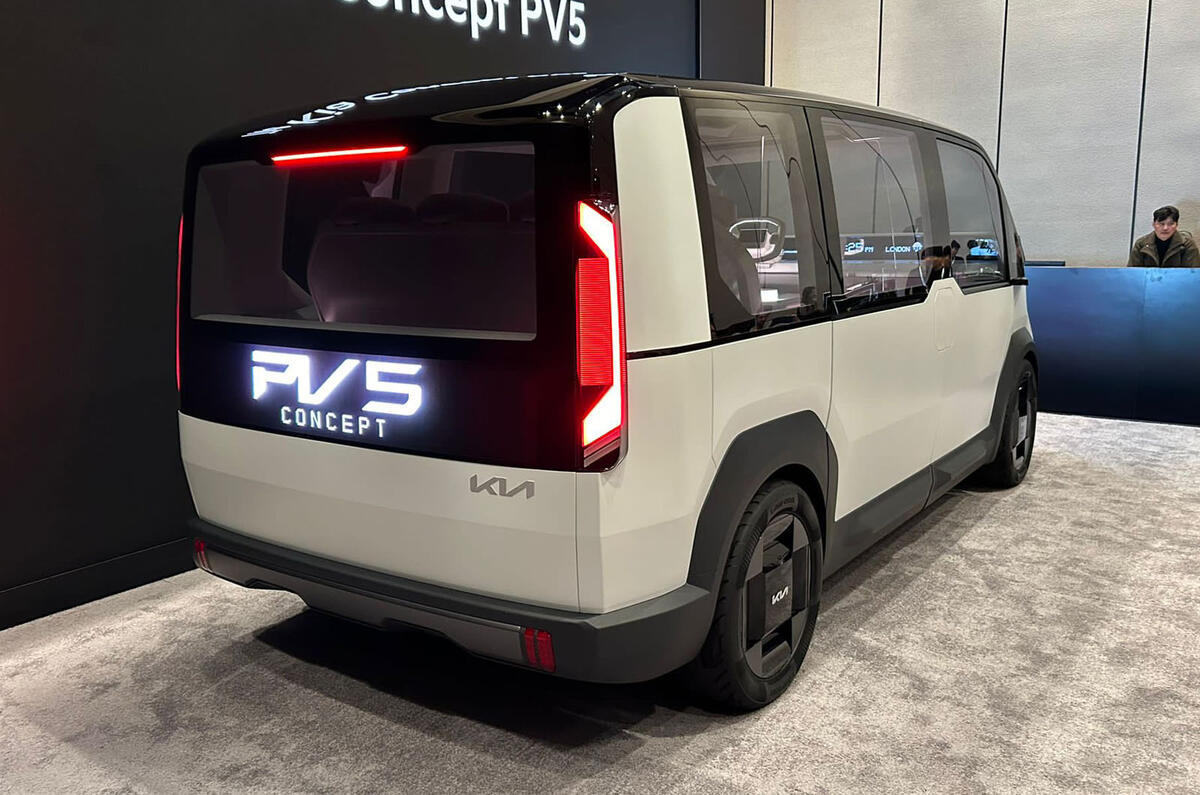
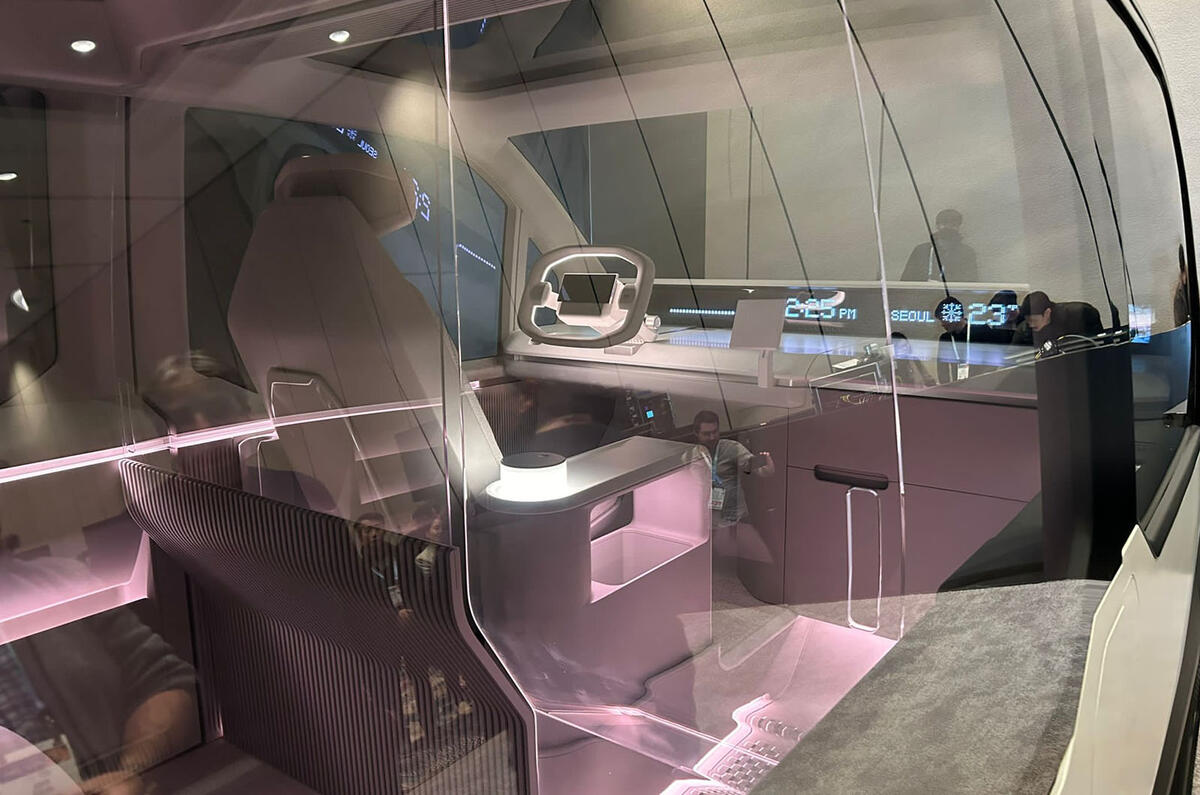
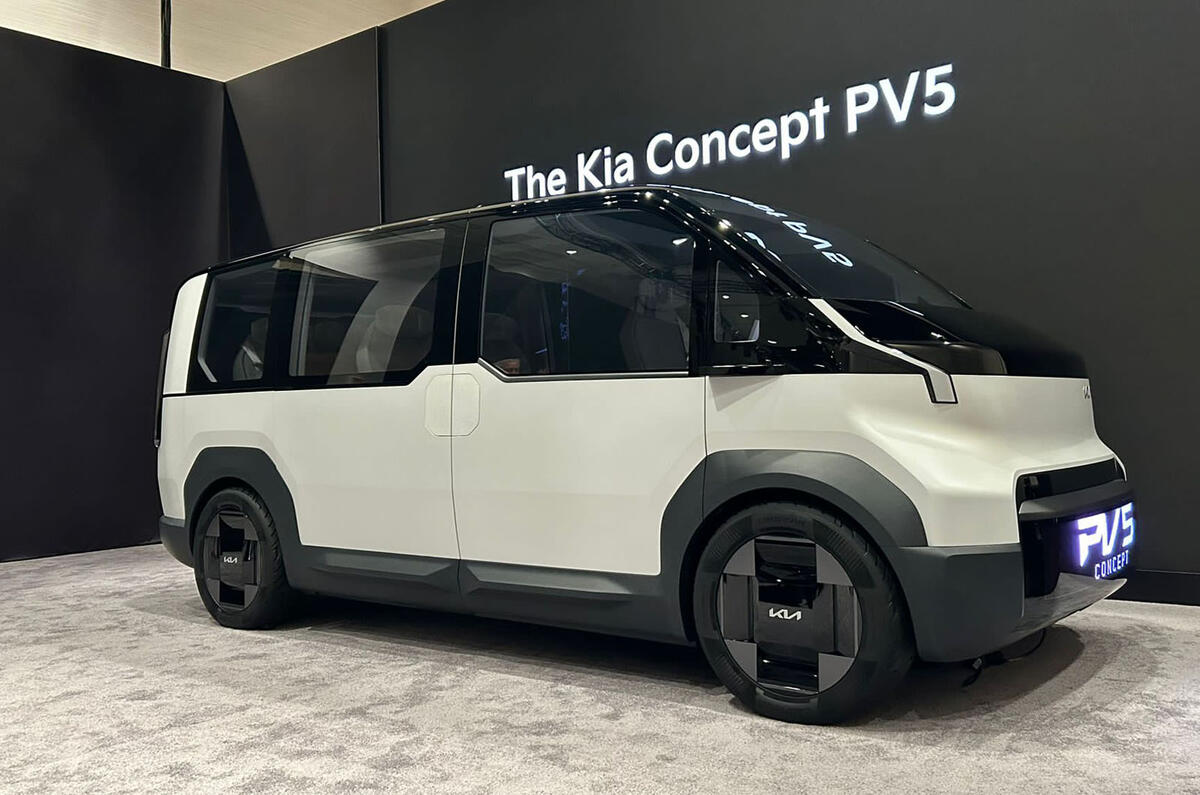

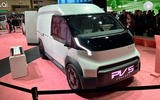

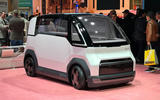
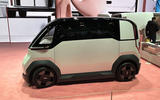

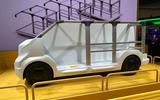

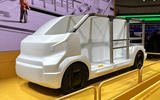

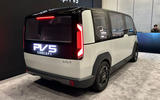
















Join the debate
Add your comment
KirKlees counciL has Nissan electric vaNs. BT bought toyota vans
It's about time Vans in general had a makeover, for too long they've been all Transit shaped, nothing wrong with that,but it's a bit boring now.
I would say that there's a large market for the PV3!!! My business buys small vans, and we'd definitely be interested in this, but it looks like Kia won't be making it! I'm sure Kia knows what it is doing, but haven't they seen that small vans are everywhere?